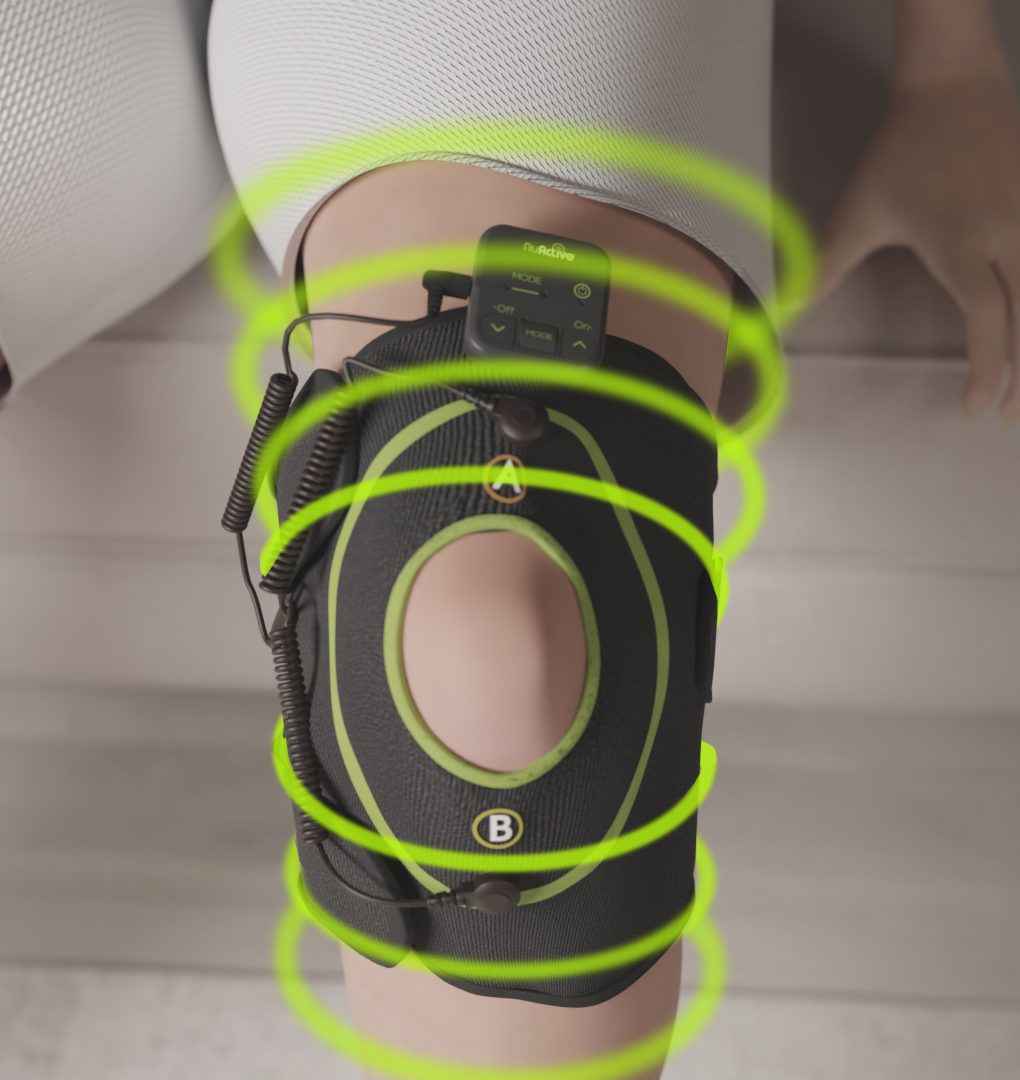Knee pain is a common ailment that affects people of all ages, making daily activities challenging and reducing quality of life. Understanding the causes of knee pain and exploring effective management strategies, including innovative methods like electric muscle stimulation, can help individuals regain mobility and reduce discomfort.
Causes and Symptoms of Knee Pain
Knee pain can stem from various sources, including injuries (like ACL tears or fractures), medical conditions (such as arthritis or gout), or simply due to wear and tear over time. Symptoms often include swelling, stiffness, redness, and a decreased ability to move the knee, which might cause a popping or crunching noise.
Conventional Management Strategies
Managing knee pain typically begins with conventional treatments:
Rest and Ice: Reducing activity and applying ice can help reduce swelling and pain.
Compression and Elevation: Using an elastic bandage for compression and keeping the knee elevated can also minimize swelling.
Medications: Over-the-counter pain relievers and anti-inflammatories such as ibuprofen or acetaminophen can be effective in managing pain and inflammation.
Physical Therapy: Exercises tailored to strengthen the muscles around the knee and improve mobility can be beneficial.
Electric Muscle Stimulation (EMS) for Pain Management
Electric Muscle Stimulation (EMS) is emerging as a viable method to manage knee pain. EMS devices work by sending electrical impulses through electrodes placed on the skin near the muscles surrounding the knee. These impulses mimic the action potential coming from the central nervous system, causing the muscles to contract. This can help:
Enhance Muscle Strength: EMS can strengthen the muscles supporting the knee, potentially reducing the burden on the knee joint itself.
Promote Blood Flow: The muscle contractions can increase blood flow, which aids in recovery and reduces pain and inflammation.
Pain Relief: By stimulating the nerves, EMS can help to block the pain signals sent to the brain, known as the Gate Control Theory of pain.
Studies have shown that EMS can be an effective adjunct therapy for those recovering from knee surgeries or injuries, and it may help those with chronic knee pain due to conditions like arthritis.
Integrating EMS with Other Treatments
While EMS can be beneficial, it's most effective when used in conjunction with other treatment strategies. Combining physical therapy, medication, and EMS can provide a comprehensive approach that may offer superior results compared to using any single method alone.
Learning More and Making Choices
Effective management of knee pain involves understanding the underlying causes, treating symptoms promptly, and exploring innovative treatments like electric muscle stimulation. By staying informed and consulting with healthcare professionals, individuals can find the most effective pain management strategies for their needs.


